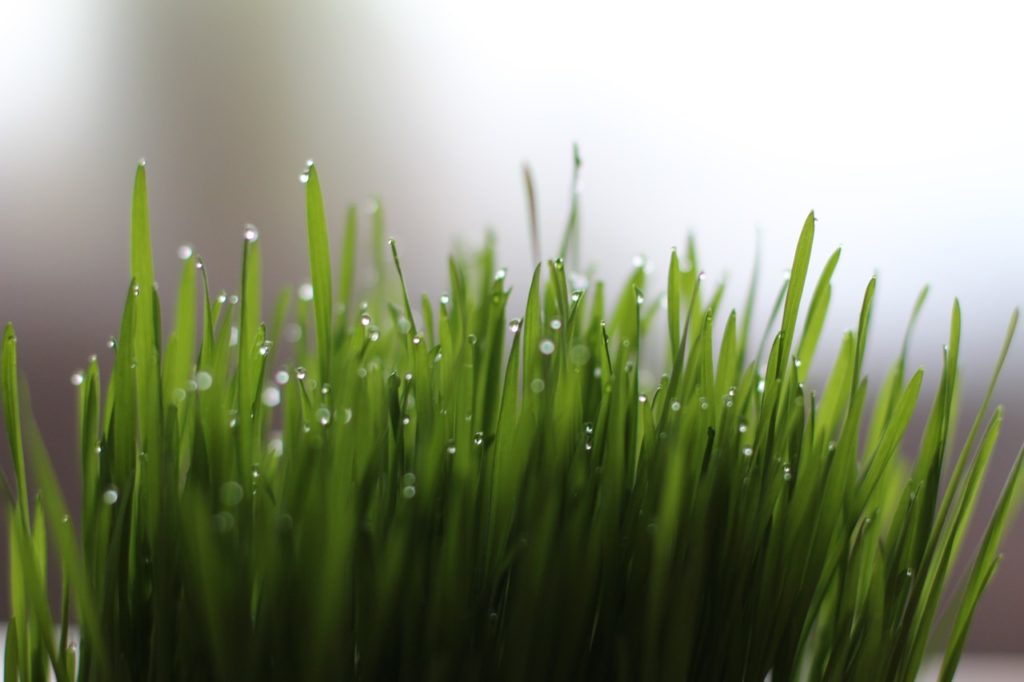Over the past decades, high fructose corn syrup has emerged as a better alternative to sugar. It’s found in thousands of foods, from cereals and fruit juices to low-carb chocolate and protein bars.
The Amazing Health Benefits of Wheatgrass

The Amazing Health Benefits of Wheatgrass
Over the past few years, wheatgrass has become one of the popular supplements in the health industry. Marketed as a superfood, it’s available in powder, tablet, and juice form. Like other greens, it boasts large doses of vitamins, minerals, enzymes, amino acids, and antioxidants. This all natural supplement can turn back the clock and restore your health.
What’s All the Hype about?
Loaded with vitamins A, C, and E, wheatgrass boasts a unique nutritional profile. Unlike most plants, it’s a complete source of protein. This means it contains all nine essential amino acids required for health and well-being. The phytochemicals and antioxidants in wheatgrass delay the aging process, neutralize toxins, and fight cancer.
Chlorophyll, one of its key compounds, displays more healing properties than any other nutrient. This plant pigment regulates blood sugar levels, which in turn, helps control hunger and cravings. It also increases blood and oxygen flow throughout the body, speeds up wound healing, and protects your cells from oxidative damage. Studies have found that chlorophyll may prevent colorectal DNA damage caused by poor nutrition.
Wheatgrass also helps alkalize your body and removes heavy metals. When consumed as part of a balanced diet, it cleanses the liver and improves digestion. This makes ideal for detox and cleansing programs. Due to its high antioxidant levels, it lowers cancer risk and fights inflammation.
This superfood is chock-full of tannins, alkaloids, flavonoids, and phenolic compounds. In Israel, it is used for cancer prevention as well as a holistic cancer treatment. Other studies indicate that wheatgrass may lower triglycerides and cholesterol levels reduce high blood pressure, and cure respiratory tract infections.
How to Use Wheatgrass
Wheatgrass has a neutral taste and can be used in most foods and drinks. Depending on your preferences, you can add it to juices and green smoothies, use it in pancakes and muffins, or mix it into water and drink it right away. For best results, consume it on an empty stomach or along with fruit and vegetable juices. Drinking wheatgrass after a meal may cause nausea.
Ideally, eat a raw food or vegetarian diet while using wheatgrass. This way, you’ll eliminate toxins at a faster rate. Start with one ounce per day to prevent digestive problems. If you’re allergic to wheat, take just one teaspoon daily and then gradually increase the dose. Get creative and use wheatgrass in a variety of recipes, such as detox smoothies, energy bars, and guacamole.









No comments yet.